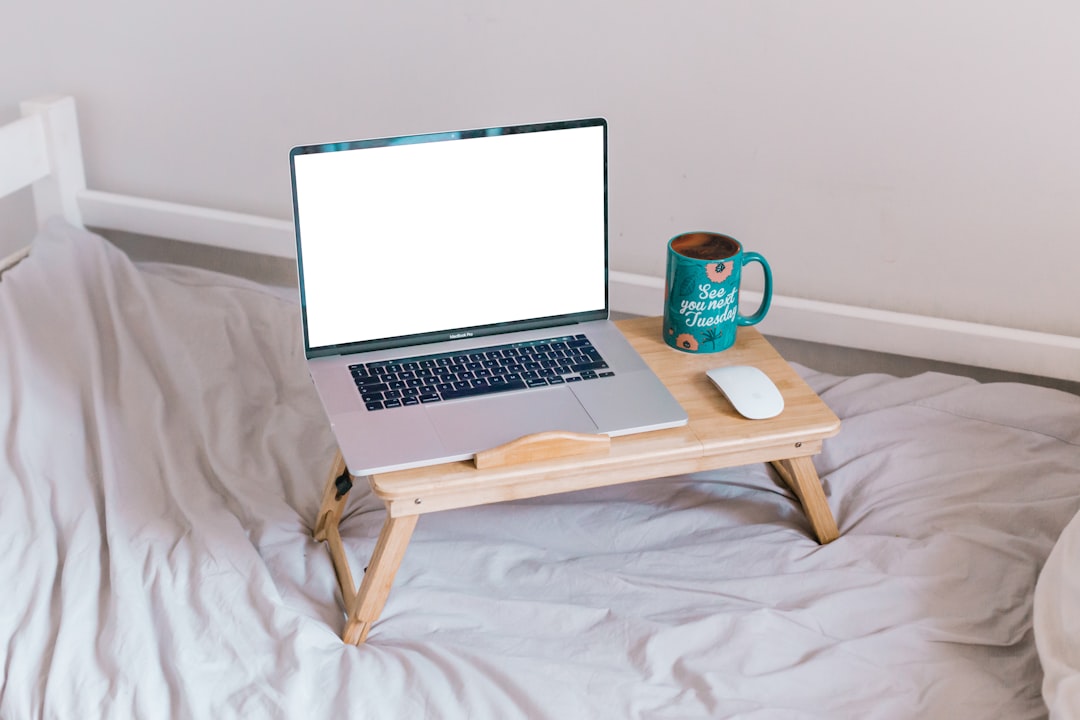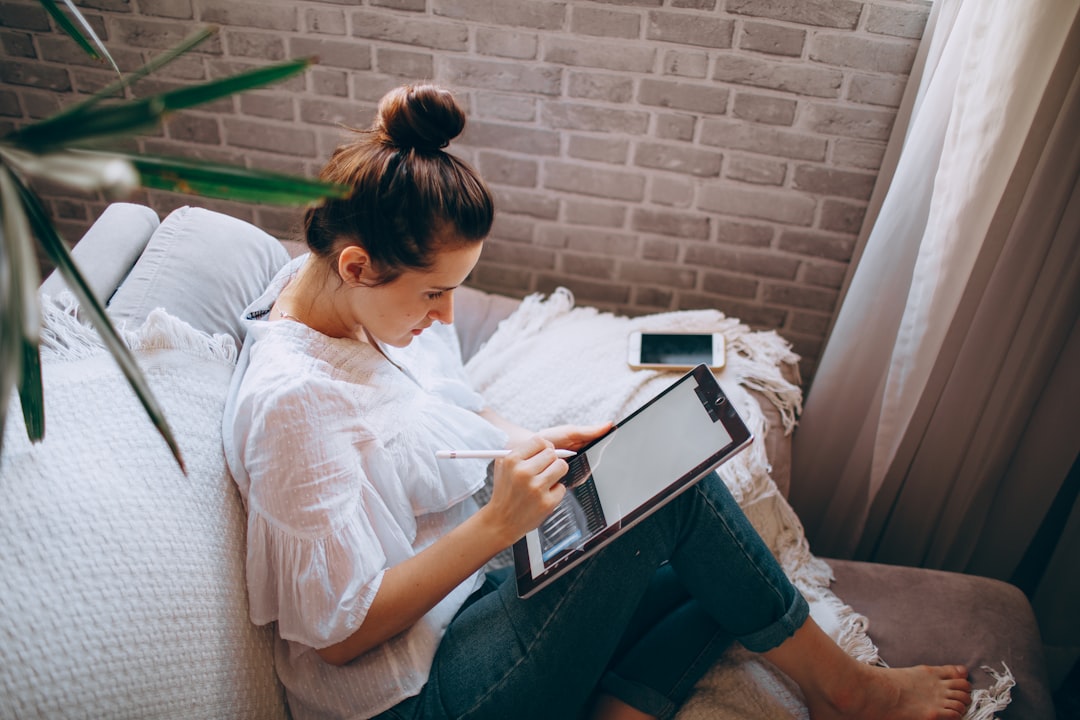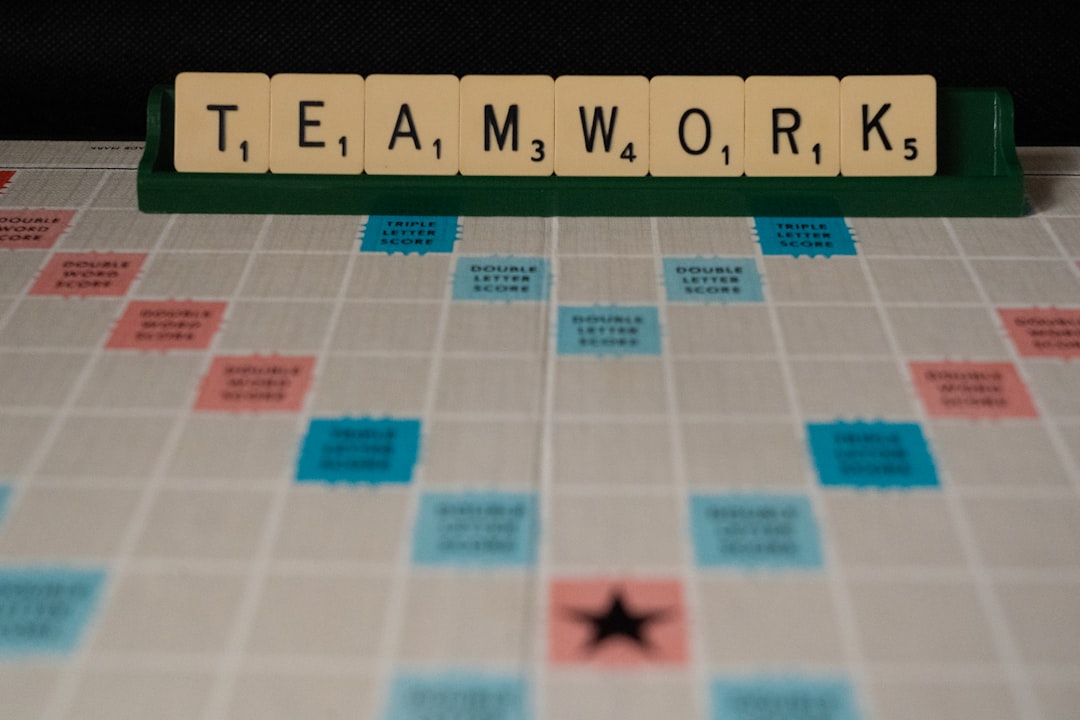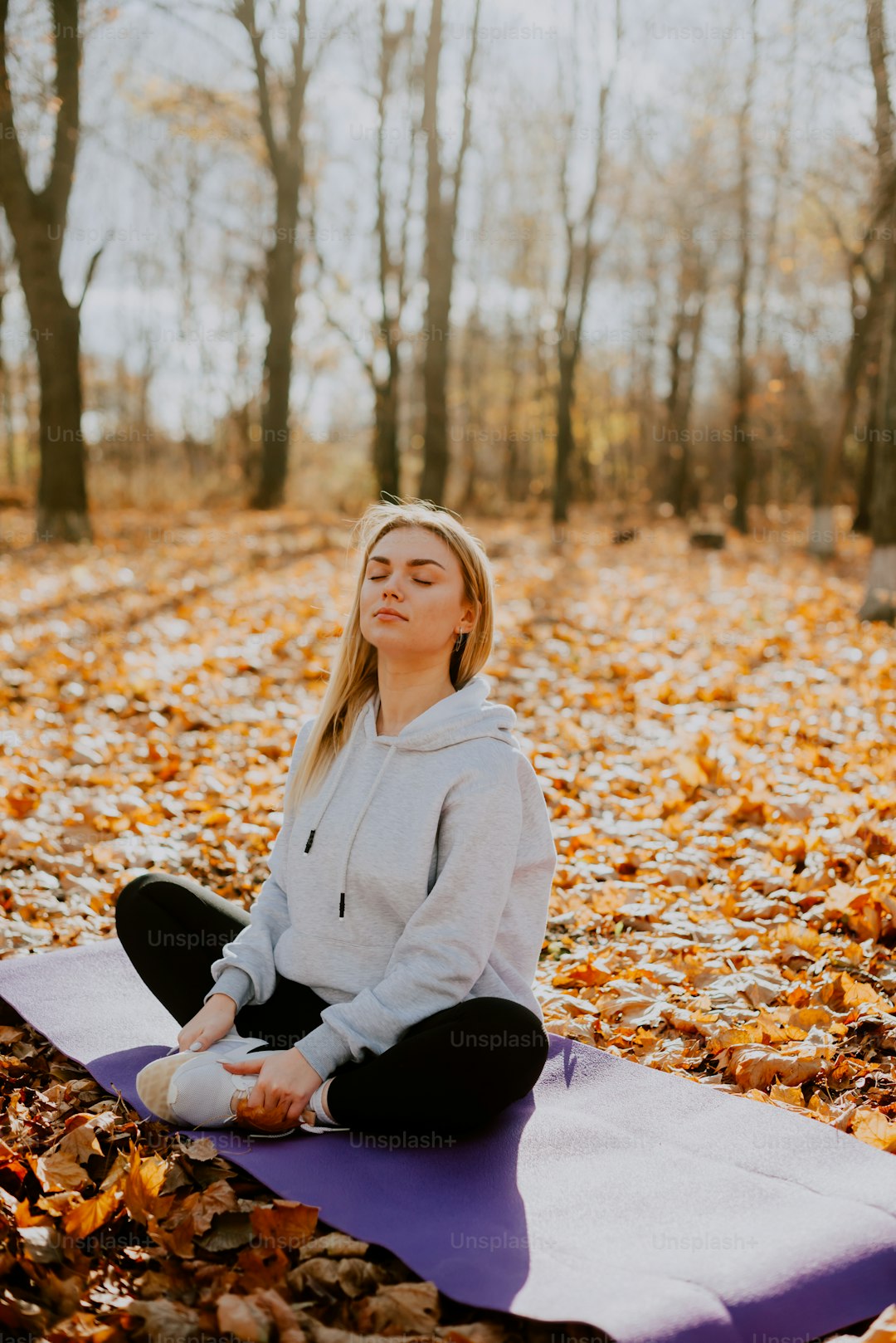Nomadic Fitness Secrets For A Healthy Journey

Introduction
Living the digital nomad lifestyle means your office can be a beach in Bali, a co‑working space in Berlin, or a mountain cabin in the Andes. The freedom to move, explore, and work from anywhere is exhilarating, but it also brings unique challenges for staying fit and healthy. Without a permanent gym, predictable routine, or familiar food options, many nomads find their fitness slipping and their energy levels dropping.
This guide uncovers the hidden fitness secrets that keep nomads thriving on the road. It blends practical strategies, science‑backed advice, and mindset shifts that let you turn any environment into a personal training ground. Whether you are a seasoned traveler or just starting your location‑independent journey, the principles here will help you build a resilient body, maintain mental clarity, and enjoy the adventure without sacrificing health.
Understanding the Nomadic Body
The physiology of constant change
Your body thrives on routine but is also remarkably adaptable. When you move between time zones, climates, and altitudes, your circadian rhythm, metabolism, and hormonal balance constantly reset. This can lead to:
- Disrupted sleep patterns
- Fluctuating appetite and digestion
- Shifts in energy expenditure
Recognising these physiological stressors is the first step toward managing them. The goal is not to eliminate change, but to create a flexible framework that accommodates it.
Core fitness pillars for nomads
Three pillars support a healthy nomadic life:
- Movement – regular physical activity that maintains strength, flexibility, and cardiovascular health.
- Nutrition – balanced fueling that adapts to local food availability while meeting macro‑ and micronutrient needs.
- Recovery – intentional rest, sleep hygiene, and stress‑relief practices that allow the body to repair and grow.
When any pillar is neglected, the others suffer. A holistic approach that addresses all three creates a stable foundation no matter where you set up shop.
Building a Portable Fitness Toolkit
You don’t need a full gym to stay in shape. A small, well‑chosen set of equipment can provide a full‑body workout anywhere.
Minimalist equipment list
- Resistance bands – versatile for strength, mobility, and activation drills.
- Adjustable jump rope – excellent for cardio and coordination.
- Travel‑size dumbbells or kettlebell – 5–15 lb options cover most functional movements.
- Portable yoga mat – doubles as a floor surface for bodyweight work and stretching.
- Foam roller (compact version) – aids muscle recovery on the go.
These items fit in a backpack or suitcase and can be used in hotel rooms, parks, or coworking lounges.
Digital resources
- Fitness apps – many offer bodyweight programs that require no equipment. Look for ones with offline mode for low‑connectivity locations.
- YouTube channels – several creators specialize in nomad‑friendly workouts. Bookmark a few playlists for quick reference.
- Audio guides – podcasts or audio workouts let you train without staring at a screen, perfect for early‑morning sessions.
Crafting a Flexible Workout Routine
The 3‑Day Core Structure
A simple, repeatable schedule that fits most itineraries:
-
Day 1 – Strength & Power
Focus on compound movements (squats, push‑ups, rows) using bands or dumbbells. Keep the session under 45 minutes. -
Day 2 – Mobility & Cardio
Combine dynamic stretching, yoga flow, and a 15‑minute jump‑rope interval. This day also doubles as active recovery. -
Day 3 – Full‑Body Circuit
Cycle through 6‑8 exercises (e.g., lunges, planks, band pull‑aparts, kettlebell swings) with minimal rest. Aim for 3‑4 rounds.
Rotate the pattern, inserting rest days as needed based on travel fatigue, time‑zone changes, or work demands. The key is consistency, not perfection.
Adapting to the environment
- Hotel rooms – Use the bed for inclined push‑ups, the doorframe for band rows, and the floor for core work.
- Parks – Leverage benches for step‑ups, trees for hanging leg raises, and open space for sprints or agility drills.
- Beaches – Sand adds resistance to lunges and burpees, while water provides low‑impact cardio (e.g., swimming or paddleboarding).
Time‑efficient micro‑workouts
When deadlines loom, short bursts of activity keep you from deconditioning:
- 5‑minute “wake‑up” set – 30 seconds each of jumping jacks, bodyweight squats, push‑ups, and plank.
- 10‑minute HIIT – 20 seconds work, 10 seconds rest, repeat 8‑10 times.
- 2‑minute mobility flow – neck rolls, shoulder circles, hip openers, and ankle rotations.
These micro‑sessions can be squeezed between meetings, during travel layovers, or while waiting for a coworking space to open.
Nutrition on the Move
Finding balance in unfamiliar cuisines
Every country offers unique staples. Rather than trying to replicate a familiar diet, focus on macro principles:
- Protein – Aim for 0.8–1.2 g per kilogram of body weight daily. Sources include eggs, legumes, fish, tofu, and local meats.
- Carbohydrates – Prioritise complex carbs (whole grains, starchy vegetables, fruits) for sustained energy.
- Fats – Include healthy fats from nuts, seeds, avocado, and olive oil.
When dining out, choose dishes that incorporate these components. For example, a Thai green curry with chicken, brown rice, and plenty of vegetables satisfies all three pillars.
Meal planning with limited storage
- Cold‑storage meals – Pack pre‑cooked quinoa, lentils, or roasted sweet potatoes in vacuum‑sealed bags. They stay fresh for several days in a mini‑fridge.
- One‑pot dishes – A single pot of rice, beans, and spices can be cooked on a hostel stove, providing a complete meal with minimal cleanup.
- Snack stash – Keep a rotating supply of nuts, dried fruit, protein bars, and seed mixes. They curb hunger and support training recovery.
Hydration hacks
Travel often means altered water quality and fluctuating climates. To stay hydrated:
- Carry a reusable bottle with a built‑in filter for tap water in most regions.
- Add a pinch of sea salt or electrolyte tablets when sweating heavily in hot environments.
- Track intake with a simple app or by marking the bottle at regular intervals.
Recovery Strategies for a Mobile Lifestyle
Optimising sleep across time zones
- Light exposure – Seek natural sunlight in the morning to reset the circadian clock, and dim lights in the evening to signal sleep readiness.
- Portable blackout – Use a travel eye mask and ear plugs to create a dark, quiet environment, especially in shared accommodations.
- Consistent wind‑down – Perform a brief relaxation routine (deep breathing, gentle stretch) before bed each night, regardless of location.
Managing stress on the road
- Micro‑meditation – Five minutes of focused breathing can lower cortisol levels and improve mental clarity.
- Journaling – Write down travel experiences, goals, and gratitude points. This practice reduces mental clutter and supports emotional well‑being.
- Community connection – Join local nomad meet‑ups or online forums to share challenges and solutions. Social support buffers stress.
Muscle maintenance without a gym
- Self‑myofascial release – Use a compact foam roller or a tennis ball to massage tight spots. Perform a 2‑minute roll on each major muscle group after workouts.
- Dynamic stretching – Incorporate movement‑based stretches (leg swings, arm circles) before training to improve range of motion and reduce injury risk.
- Active recovery days – Choose low‑intensity activities like walking tours, light cycling, or swimming to keep blood flowing without overloading muscles.
Leveraging Local Resources
Scouting for free or low‑cost facilities
- Parks and recreation centers – Many cities have outdoor fitness stations, running tracks, or community‑run classes.
- Universities – Campus gyms sometimes offer day passes to visitors.
- Co‑working spaces – Some provide on‑site yoga rooms, standing desks, or even small weight areas.
Partnering with fellow travelers
- Workout buddies – Pair up with another nomad for accountability. You can trade skill sets (e.g., one teaches kettlebell swings, the other leads a yoga flow).
- Group challenges – Organise a weekly step count contest or a “30‑day plank” challenge within your community. Friendly competition fuels motivation.
Exploring cultural movement practices
- Capoeira in Brazil – A blend of martial arts, dance, and acrobatics that builds strength, agility, and cultural immersion.
- Tai Chi in China – Slow, controlled movements that enhance balance, flexibility, and mindfulness.
- African dance workshops – High‑energy sessions that improve cardio endurance and coordination.
Participating in local movement traditions not only diversifies your training but also deepens your connection to the place you’re staying.
Tracking Progress Without a Gym Log
Simple metrics that matter
- Bodyweight trends – Weigh yourself weekly under similar conditions (same time of day, same clothing).
- Performance markers – Record the number of push‑ups, squat depth, or jump‑rope speed you achieve each session.
- Energy & mood scores – Use a 1‑10 scale each morning to note how energized and focused you feel. Over time, patterns emerge that correlate with training and nutrition habits.
Digital tools for the nomadic lifestyle
- Cloud‑based spreadsheets – Accessible from any device, you can log workouts, meals, and sleep without needing a specific app.
- Fitness wearables – Choose a lightweight tracker that monitors heart rate, steps, and sleep. Many models sync automatically to cloud dashboards.
- Voice memos – When typing isn’t convenient, record a quick voice note summarising the day’s training and how you felt.
The goal is consistency in tracking, not perfection. Small data points give you insight to adjust on the fly.
Overcoming Common Nomadic Fitness Pitfalls
The “No Gym” excuse
- Reality check – Most bodyweight and band exercises provide sufficient stimulus for strength and hypertrophy when performed with progressive overload (increasing resistance, reps, or tempo).
- Solution – Keep a “progression board” that lists ways to make each exercise harder (e.g., single‑leg squat, band‑assisted pistol squat, slower eccentric phase).
Travel fatigue and burnout
- Signal – Persistent low energy, difficulty concentrating, or declining performance.
- Action – Schedule a full rest day, prioritize sleep, and reduce caffeine. Re‑evaluate your workload to ensure a sustainable balance between work and movement.
Unpredictable food availability
- Problem – Limited access to fresh protein or whole grains in some regions.
- Fix – Carry a small supply of shelf‑stable protein sources (e.g., canned tuna, powdered whey, chickpea flour). Pair them with local produce to create balanced meals.
Social isolation affecting motivation
- Observation – Training alone can feel monotonous.
- Strategy – Join virtual fitness challenges, attend local group classes, or host a “workout brunch” where participants share a quick session followed by a communal meal.
Mindset Shifts for Sustainable Health
Embrace imperfection
The nomadic life is inherently fluid. Expecting a perfect routine will only lead to frustration. Instead, view each day as an opportunity to make a health‑positive choice, even if it’s a modest one.
Focus on process over outcomes
Rather than obsessing over a specific weight or mileage number, celebrate consistent actions: showing up for a morning stretch, choosing a vegetable‑rich lunch, or sleeping eight hours. Process‑driven habits compound into lasting results.
Cultivate curiosity
Treat every new city as a laboratory for experimentation. Try a local sport, test a different training modality, or explore a new market for fresh foods. Curiosity keeps the journey exciting and prevents stagnation.
Prioritise self‑compassion
Travel stress can trigger negative self‑talk when workouts are missed or nutrition deviates. Replace judgment with kindness: “I missed my run because I had an important meeting, but I can walk tomorrow.” Compassion fuels resilience.
Sample Weekly Blueprint
Below is a flexible template that integrates movement, nutrition, and recovery. Adjust the timing and intensity to match your current workload and travel context.
| Day | Morning | Midday | Evening |
|---|---|---|---|
| Monday | 10‑minute mobility flow | Light walk or bike ride (30 min) | Strength session (45 min) |
| Tuesday | Yoga stretch (20 min) | Balanced lunch with protein, carbs, fats | Active recovery – swimming or easy hike |
| Wednesday | Jump‑rope HIIT (15 min) | Quick bodyweight circuit (20 min) | Meal prep for next 2 days |
| Thursday | Rest – meditation (10 min) | Explore local market, choose fresh produce | Light stretching + foam roll (15 min) |
| Friday | Full‑body circuit (40 min) | Short walk, hydrate well | Social activity – join a group class |
| Saturday | Outdoor adventure (hike, paddle, etc.) | Picnic with protein‑rich foods | Evening relaxation – journal + reading |
| Sunday | Sleep in, prioritize 8‑9 hrs | Light mobility, breathing exercises | Plan upcoming week’s workouts & meals |
The schedule showcases how to weave fitness into a travel‑heavy lifestyle without feeling forced. Notice the intentional placement of recovery and social elements – both are essential for long‑term adherence.
Tools and Resources Checklist
- Resistance bands (various tensions)
- Adjustable jump rope
- Compact dumbbells or kettlebell (5–15 lb)
- Travel yoga mat
- Mini foam roller or massage ball
- Reusable water bottle with filter
- Portable food storage containers (silicone bags)
- Offline fitness app or downloaded workout videos
- Cloud‑based spreadsheet or note‑taking app for tracking
- Eye mask and ear plugs for sleep hygiene
- Basic journal or digital note app for reflections
Having these items ready before you set off eliminates the need to scramble for substitutes later.
Frequently Asked Questions
Q: How can I stay motivated when I’m constantly changing time zones?
A: Anchor your routine to non‑time‑dependent cues such as “after breakfast” or “before work.” This removes the need to reference a clock and creates a habit loop that follows you wherever you are.
Q: Is it safe to train intensely without a proper gym?
A: Yes, as long as you respect progressive overload, maintain good form, and listen to your body’s signals. Use resistance bands to increase load and vary tempo to keep muscles challenged.
Q: What if I have limited internet access for streaming workouts?
A: Download a week’s worth of videos before you travel or rely on audio‑only guides. Many apps allow offline playback. Alternatively, memorize a few bodyweight circuits that require no visual aid.
Q: How do I handle dietary restrictions in unfamiliar cuisines?
A: Research staple ingredients of the region beforehand and identify equivalents that meet your needs (e.g., tofu for vegetarian protein, quinoa for gluten‑free carbs). Carry a small supply of essential supplements if needed.
Q: Can I lose weight while traveling and still enjoy local foods?
A: Absolutely. Focus on portion control, balance each meal with protein, fiber, and healthy fats, and stay active with regular movement. Treat indulgent meals as occasional events rather than daily habits.
Final Thoughts
The nomadic lifestyle offers unparalleled freedom, but that freedom comes with responsibility for your own health. By embracing a portable fitness toolkit, designing adaptable workout structures, making informed nutrition choices, and prioritizing recovery, you turn every destination into a supportive environment for your body and mind.
Remember that the journey is not about achieving a flawless routine; it’s about cultivating resilience, curiosity, and self‑compassion. Each sunrise you greet with a stretch, each new market you explore for fresh ingredients, and each evening you wind down with mindful breathing adds up to a healthier, more vibrant version of yourself.
Take these secrets, experiment with them, and tailor them to your unique path. The road ahead is yours to shape—let your health be the sturdy foundation that lets you travel farther, explore deeper, and live fully.
Random Posts

Connecting the World Strategies for Seamless Remote Collaboration
Learn how to turn geographic dispersion into a strategic advantage with practical tactics for flexible workspaces, high speed connectivity and the global coworking ecosystem, boosting efficiency and morale.
2 months ago

Portugal Visa Options for Digital Nomads A Complete Guide
Discover the best Portuguese visas for digital nomads, from the D7 passive, income visa to the new remote, worker permit. Get eligibility, costs, timelines and insider tips for a smooth move.
2 months ago

From Desk to Destination Boosting Output as a Digital Nomad
Learn how to turn every new city into a productivity boost, with mindset shifts, planning hacks, essential tools and habits that let digital nomads work smarter, not harder, wherever they roam.
2 months ago

Wellbeing Strategies Every Digital Nomad Should Know
Boost your nomadic life with portable routines, balanced nutrition, daily movement, mental resilience and community tips, stay healthy, energized and thriving wherever you work.
1 week ago

Thailand Cost of Living Guide for Digital Nomads
Discover how much you really need to live and work in Thailand. Get city-by-city cost breakdowns, budget hacks and essential visa tips so you can enjoy a high-quality nomad lifestyle without overspending.
2 months ago
Latest Posts

Essential Software Every Remote Professional Should Use
Master remote work with essential tools: instant messaging like Slack, high definition video calls such as Zoom, and asynchronous voice apps. Streamline communication, stay connected and boost productivity.
1 day ago

Mastering Remote Work Productivity for Digital Nomads and Freelancers
Learn proven habits, tools, and tactics that help digital nomads and freelancers stay focused, deliver quality work, and maintain a sustainable lifestyle while traveling the world.
1 day ago

Tech‑Friendly European Towns Perfect for Remote Living
Discover Europe’s best small towns where fast internet, affordable living and vibrant tech communities let you work remotely while soaking up historic charm, lakeside views or mountain air.
1 day ago